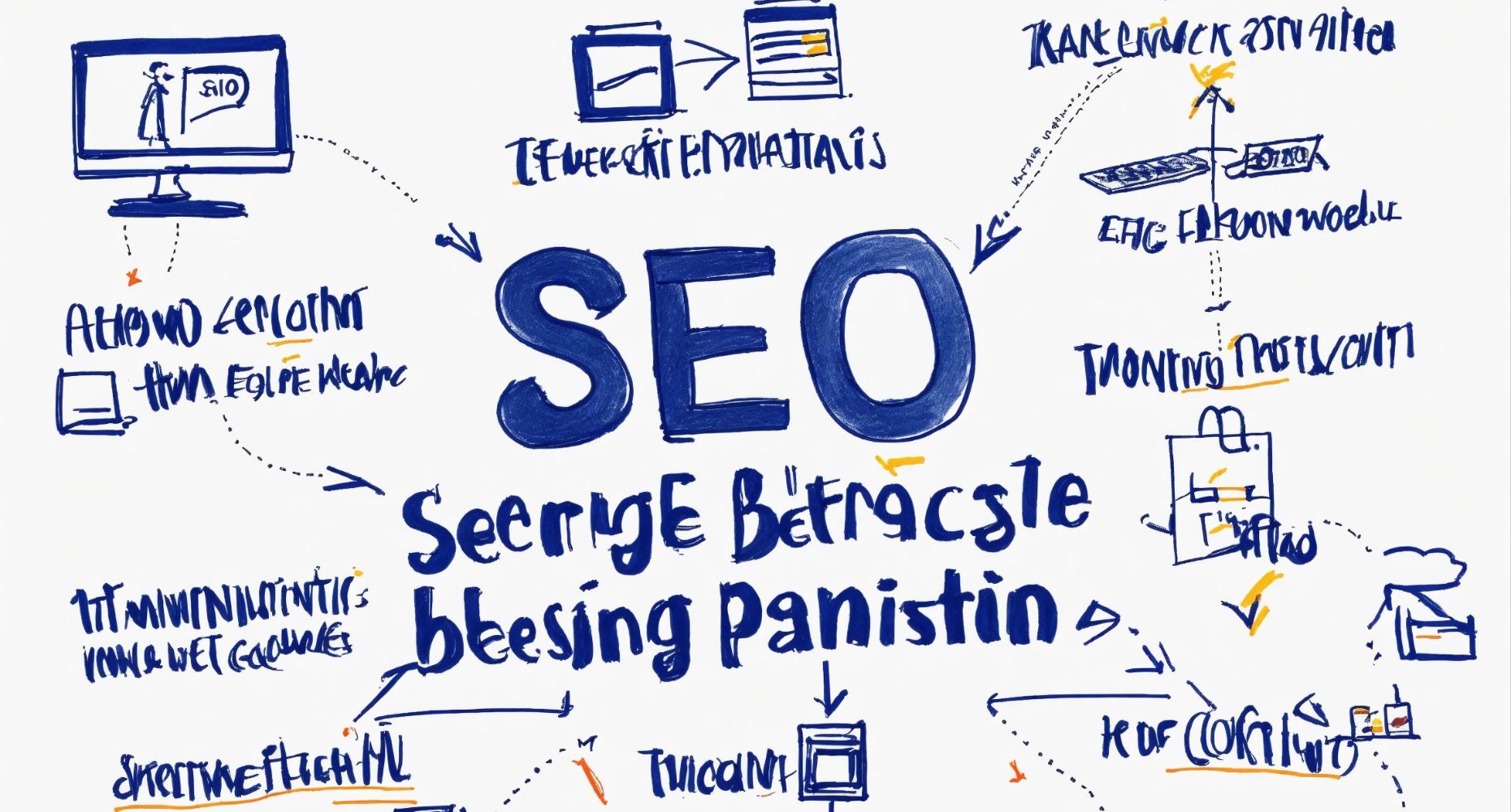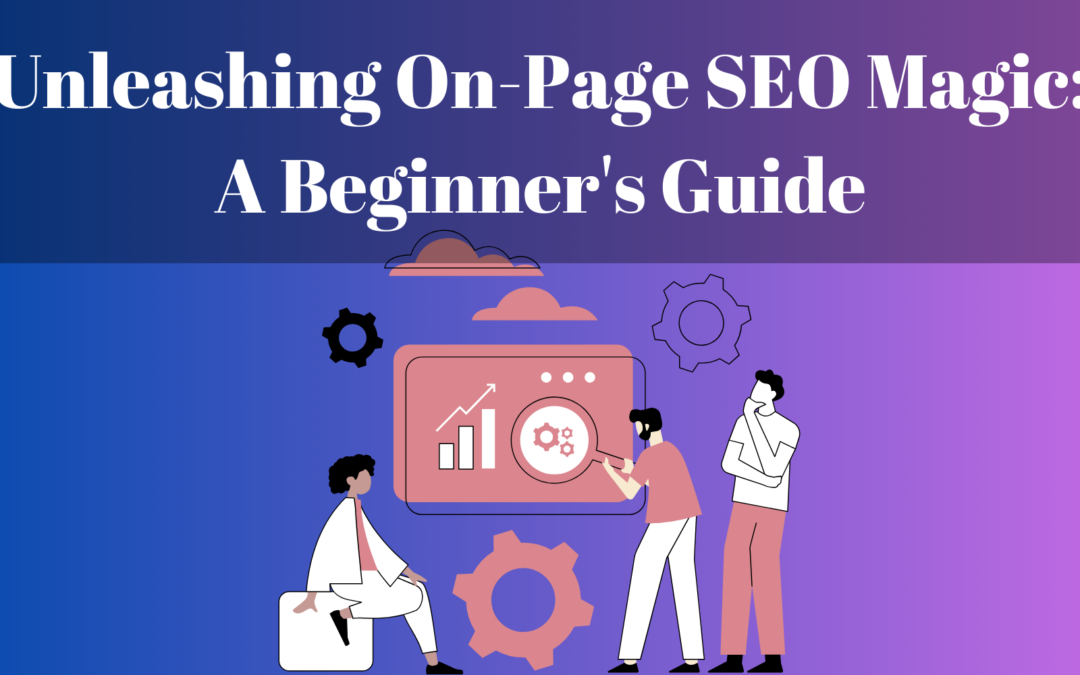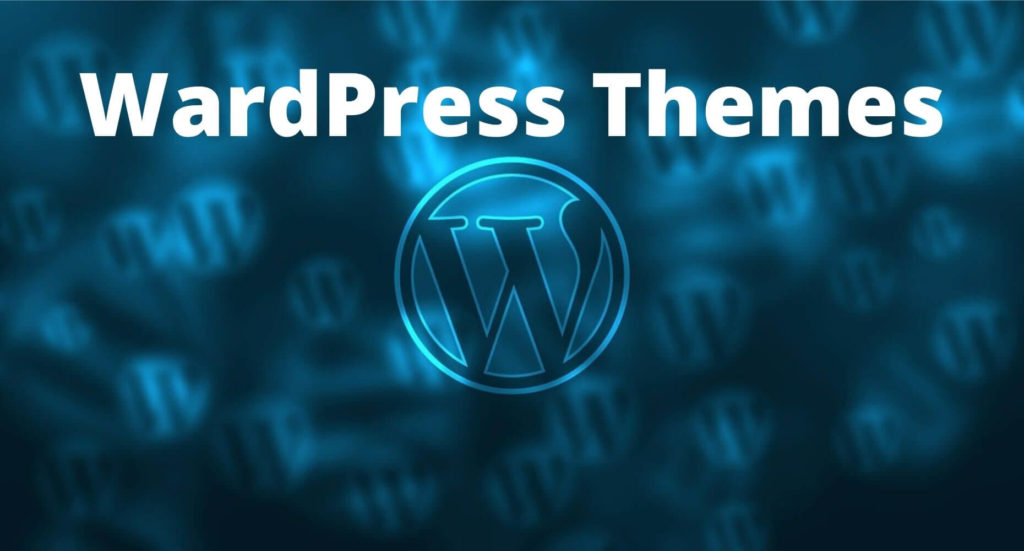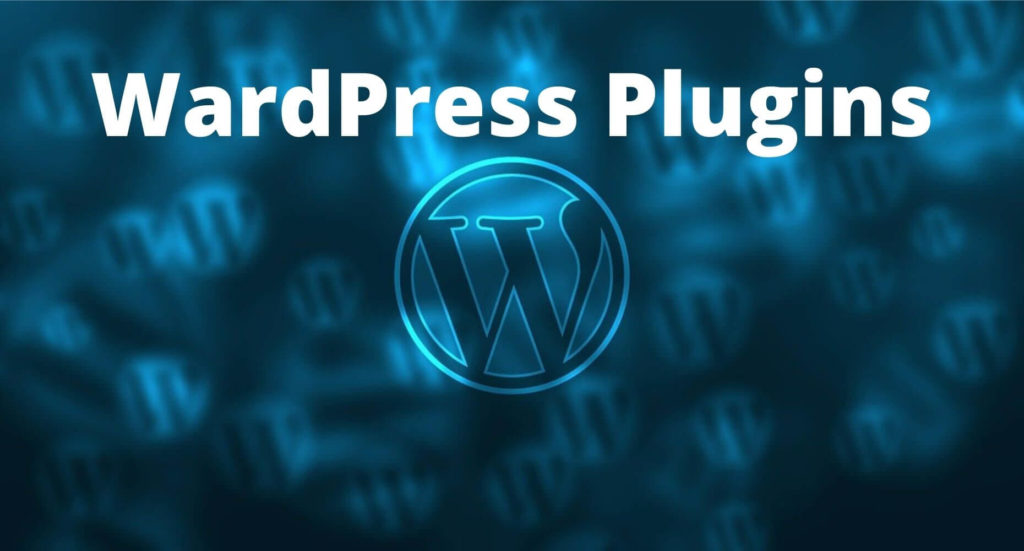Understanding On-Page SEO
On-page SEO is a fundamental aspect of any successful digital marketing strategy, playing a crucial role in optimizing web pages to rank higher in search engine results and enhance overall online visibility. This facet of SEO focuses on optimizing individual web pages to ensure they are not only search engine-friendly but also provide a seamless and valuable experience for users.
At its core, on-page SEO involves various techniques and practices that revolve around optimizing the content and HTML source code of a webpage. Keyword optimization is a key component, requiring strategic placement of relevant keywords within the content, meta tags, and other on-page elements. This helps search engines understand the context and relevance of the content, subsequently improving the chances of the page ranking for specific queries.
Content quality is paramount in on-page SEO. Search engines, especially Google, prioritize content that is informative, engaging, and relevant to users. Quality content not only attracts visitors but also encourages them to spend more time on the website, reducing bounce rates and signaling to search engines that the page is valuable.
Title tags and meta descriptions are critical on-page elements that influence click-through rates from search engine results pages (SERPs). Crafting compelling and relevant titles and meta descriptions not only entices users to click on the link but also provides a concise summary of the page’s content, aiding search engines in understanding its relevance to user queries.
The importance of a well-structured URL cannot be overstated in on-page SEO. A clear and concise URL that reflects the content’s topic is not only user-friendly but also aids search engines in understanding the page’s subject matter. Additionally, headers and subheadings (H1, H2, etc.) help organize content and improve its readability, benefiting both users and search engines.
Optimizing images is another crucial aspect of on-page SEO. Using descriptive file names and alt text for images not only enhances accessibility for users with disabilities but also provides additional context for search engines. Compressing images and using appropriate formats contribute to faster page load times, which is a known factor in search engine rankings.
Mobile responsiveness is increasingly vital in the era of smartphones and tablets. Google prioritizes mobile-friendly websites, and having a responsive design ensures that users have a consistent and positive experience across devices, contributing to improved rankings.
Regularly updating and refreshing content is a proactive on-page SEO strategy. Search engines favor websites that consistently provide fresh and relevant content. This can involve adding new information, updating existing content, or repurposing it in different formats.
In conclusion, on-page SEO is a multifaceted approach that requires attention to detail and a comprehensive understanding of how search engines interpret and rank web pages. By optimizing individual elements and focusing on user experience, businesses and website owners can enhance their online presence, attract more organic traffic, and ultimately achieve their digital marketing goals.
Meta Tags: Crafting Your First Impression
In the bustling digital universe where attention spans are shorter than a cat video, meta tags emerge as the unsung heroes of online charisma. Imagine them as the James Bonds of your website, impeccably dressed in code, ready to make a lasting first impression. Now, let’s talk meta titles – the rockstars of search results. These flashy headlines are your website’s chance to shine in the spotlight of search engines. Crafted with the finesse of a sushi chef, a meta title should be the perfect mix of snappy and informative. It’s like the pickup line for your website, charming users into clicking and discovering what lies beneath.
But hold on, we’re not done decking out your website’s red carpet. Enter meta descriptions – the sidekicks to your meta titles. If meta titles are the headliners, meta descriptions are the witty, behind-the-scenes banter that keeps the audience hooked. Think of them as the trailers to your digital blockbuster, offering a sneak peek into the riveting content awaiting your visitors. Crafting a compelling meta description is like telling a captivating short story – it needs to be concise, intriguing, and leave them wanting more. It’s your chance to be the J.K. Rowling of the search results, weaving magic in a mere 150 characters.
Now, let’s get real – search engines are like the gatekeepers to the VIP section of the internet party. They decide who gets the spotlight and who’s stuck in the digital shadows. This is where the art of meta tags becomes your golden ticket. Strategically sprinkling relevant keywords within your meta tags is like giving search engines a secret handshake. It tells them, “Hey, my website is the real deal for these topics!” It’s the kind of VIP treatment that propels your site to the top of search results, making sure you’re the belle of the ball.
In the ever-evolving world of digital enchantment, updating your meta tags is like giving your website a makeover. You wouldn’t wear the same outfit to every party, right? Similarly, as trends change and algorithms shimmy, keeping those meta tags fresh ensures your website stays on the cutting edge of search engine allure.
So, bloggers, think of meta tags as your website’s fashion statement in the crowded online runway. Craft them with care, infuse them with personality, and watch as your digital red carpet is rolled out for a captivated audience of both algorithms and users alike. After all, in this glitzy world of search results, your meta tags are the stilettos that elevate your website’s allure to VIP status.
Mastering Keywords: Your Website’s Symphony of Discovery
Step into the spotlight of digital optimization as we unravel the art and science of keywords—your website’s secret sauce for resonance with your audience. In the dance of on-page optimization, mastering keywords isn’t just a skill; it’s the heart and soul of your content strategy, making your digital presence truly sing.
Imagine keywords as the rhythmic pulse, orchestrating a seamless connection between your content and the audience you seek. These aren’t just words; they’re the VIP tickets to your content, inviting your audience to an exclusive experience. So, let’s delve into the magic and mystique of strategic keyword integration, turning your content from a mere webpage into a magnetic force in the vast online landscape.
Picture it as crafting the perfect potion—too much of one ingredient, and the spell is broken; too little, and the enchantment fades away. Balancing keywords in your content isn’t a formula; it’s an alchemical mix that transforms your material into a digital masterpiece. It’s not just about pleasing search engines; it’s about creating an irresistible allure for your readers.
The goal is clear: to elevate your website’s discoverability from a needle in the digital haystack to a shining beacon on the search engine skyline. Think of keywords as the breadcrumbs in the great digital forest, guiding your audience straight to the heart of your content. It’s not just about rankings; it’s about crafting an experience that captivates and resonates.
Now, let’s inject a bit of playfulness into this serious business of keyword mastery. Being a keyword maestro is a bit like being a detective, solving the mystery of what your audience wants and presenting it to them with flair. Sprinkle in a touch of humor, and suddenly, it’s not just about algorithms; it’s about forging a connection, leaving an impression that lasts.
In the grand finale, mastering keywords isn’t just a technicality—it’s an art form that transforms your content into a captivating symphony. So, let the keyword notes play on, and witness your website take center stage in the grand theater of the digital realm.

The Dance of Content and SEO
Heading Tags: Guiding the Search Engines
In the world of search engine optimization (SEO), heading tags stand as the unsung heroes, silently orchestrating the flow of information and guiding search engines towards your content. These HTML elements, ranging from the commanding H1 to the subtle H6, form a hierarchical structure, dividing your content into digestible sections and revealing its core themes to the discerning eyes of search crawlers.
H1: The Beacon of Content
At the pinnacle of the heading hierarchy sits the mighty H1 tag, a beacon that announces the overarching theme of your page. It’s like the headline of a newspaper article, captivating attention and instantly conveying the essence of your content.
Consider the H1 tag as a VIP pass for search engines. By including your primary keyword in the H1, you’re essentially waving a flag, signaling to search engines the focus of your page. This helps search crawlers understand the purpose of your content and index it accordingly.
H2: Subheadings Unveiling Depth
The H2 tag serves as the loyal lieutenant to the H1, providing a structured framework for your content. It breaks down the main theme into organized segments, ensuring that search engines and human readers alike can navigate through your page seamlessly.
H2 tags are the backbone of content organization, acting as signposts that direct visitors through the intricacies of your writing. By including relevant keywords in your H2s, you’re further reinforcing the thematic context of your page, enhancing its relevance for search engines.
H3: Delving into Details
H3 tags represent a deeper level of granularity, diving into the specific points that support the overarching themes. They’re like miniature chapters in a book, providing detailed explanations and examples.
H3 tags play a vital role in enhancing the readability of your content, making it easy for readers to grasp the intricacies of your topic. Search engines also appreciate the hierarchical structure, as it provides a clearer picture of the content’s organization.
H4-H6: Refining and Nuancing
Subsequent heading tags, H4 to H6, serve to refine and nuance the discussion, adding layers of detail and context. They’re like footnotes or annotations, providing supporting information and expanding on specific concepts.
While these lower-level heading tags may not carry the same SEO weight as H1 and H2, they still play a crucial role in improving the overall user experience and enhancing the credibility of your content.
Mastering the Heading Tag Symphony
The art of effective heading tag usage lies in striking a balance between structure, readability, and keyword optimization. Here are some key principles to follow:
-
H1 Exclusivity: Use only one H1 tag per page, as it represents the primary heading that defines the page’s overall topic.
-
Keyword Placement: Incorporate your primary keyword into the H1 and H2 tags, ensuring that they appropriately reflect the essence of your content.
-
Varied Sentence Length: Avoid using overly long or complex sentences in headings. Keep them concise, impactful, and easy to read.
-
Visual Appeal: Use heading tags to visually break up your content, making it more scannable and enhancing the overall reading experience.
-
Content Alignment: Ensure that the headings align with the actual content they represent, avoiding inconsistencies that could confuse search engines and readers.
Heading Tags: The Road to SEO Success
By mastering the art of heading tag usage, you can create a content structure that is both user-friendly and search engine-friendly. This will help you attract more visitors to your website, improve their engagement, and boost your search engine rankings. So, embrace the power of heading tags, and let them guide you towards SEO success.
Content Optimization: Where Quality Meets Visibility
In the vast digital landscape, content optimization stands as the bridge connecting the artistry of crafting compelling narratives with the precision of SEO science. It’s the magical realm where user engagement dances hand in hand with search engine favor, creating a symphony that resonates across the web.
The Art of Crafting Compelling Content
Crafting content is an art form, akin to painting a masterpiece with words. From captivating storytelling to informative articles, content is the lifeblood of the internet. To truly captivate an audience, one must embrace the nuances of language, understand the pulse of the readers, and deliver information in a manner that leaves an indelible mark.
But, what good is a masterpiece if it’s hidden in the shadows?
The SEO Science: Unveiling the Magic
Enter the realm of SEO science, where algorithms, keywords, and indexing weave the tapestry that determines a digital creation’s destiny. Here, visibility is the key to success. Your masterpiece needs to be discovered, appreciated, and shared across the vast expanse of the internet.
Keywords, the building blocks of this digital language, act as the guiding stars. They’re the compass that leads search engines to your content. Imagine them as beacons lighting up the path for your masterpiece to take center stage.
But, how do you find the right balance?
Finding the Sweet Spot: User Engagement vs. SEO
Optimizing content involves finding the elusive sweet spot where user engagement and SEO elements harmonize seamlessly. It’s not a battle of one over the other; rather, it’s a delicate dance where both partners complement each other, creating a mesmerizing performance.
1. Understanding Your Audience
Before delving into the intricacies of SEO, understand your audience. What resonates with them? What questions do they seek answers to? Tailor your content to cater to their needs and preferences. This not only enhances user engagement but also provides a solid foundation for SEO integration.
2. Strategic Keyword Placement
Incorporate your identified {keywords} organically within your content. Think of them as secret ingredients, enhancing the flavor of your narrative without overpowering it. Strategic placement ensures that search engines recognize the relevance of your content without compromising its readability.
3. Compelling Meta Descriptions
Craft meta descriptions that not only encapsulate the essence of your content but also entice users to click. A well-crafted meta description serves as the gateway to your masterpiece, inviting users to experience the magic within.
The Harmonious Online Experience
Imagine your content as a well-orchestrated symphony, with each element playing a vital role. User engagement provides the melody, and SEO acts as the conductor, guiding the composition toward the spotlight.
As your masterpiece takes its place on the digital stage, beckons readers to explore related treasures, creating a seamless journey within your content universe. A click on internal link opens doors to deeper insights, enriching the user experience without disrupting the harmony.
In conclusion, content optimization is the alchemy where creativity and strategy converge. By understanding the dynamics of user engagement and embracing the principles of SEO, you unveil the magic that propels your content to the forefront of digital visibility. So, go ahead, paint your masterpiece with words, infuse it with strategic brilliance, and let it shine in the spotlight of the vast online stage.
For further insights into the world of content optimization, explore our comprehensive guide on 7 BloggingTop Skills Required for Success.
Technical Prowess for SEO Triumph
URL Structure: The Foundation of Navigation
Unveil the secrets of an SEO-friendly URL structure. From simplicity to relevance, learn how your website’s URLs can contribute to a seamless user experience and improved rankings.
Image Optimization: A Picture-Perfect Strategy
Images speak louder than words, especially in the digital landscape. Discover the nuances of image optimization, from choosing the right file format to incorporating descriptive alt text.
Embracing SEO-Friendly Practices
Mobile Optimization: Catering to the On-the-Go Audience
With the majority of users accessing the internet via mobile devices, ensure your website is mobile-friendly. Navigate through responsive design and mobile optimization techniques for an edge in the competitive digital space.
Page Speed: The Need for Speed in SEO
In a world that thrives on instant gratification, your website’s speed matters. Delve into the significance of page speed and explore strategies to keep your audience engaged without sacrificing loading times.
Conclusion
As you embark on your On-Page SEO journey, armed with knowledge and strategies, watch your website ascend the search engine ranks. Stay tuned for more insights into the dynamic world of digital marketing. Let’s elevate your online presence together, one optimized page at a time.






